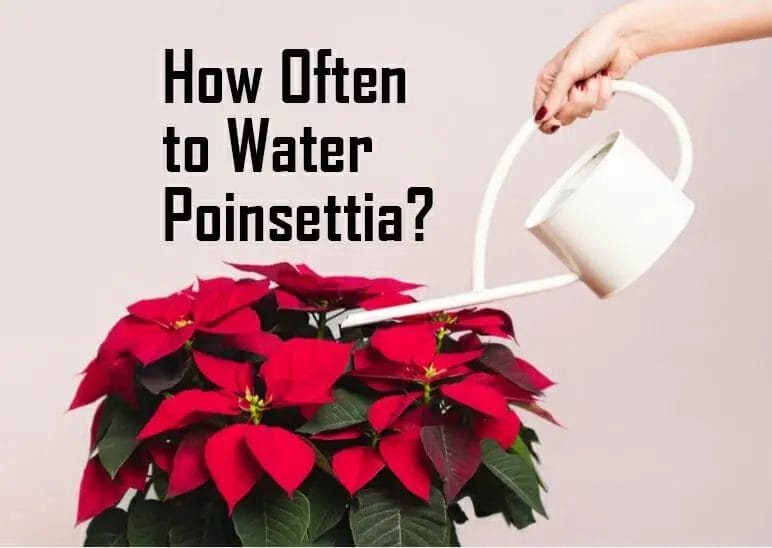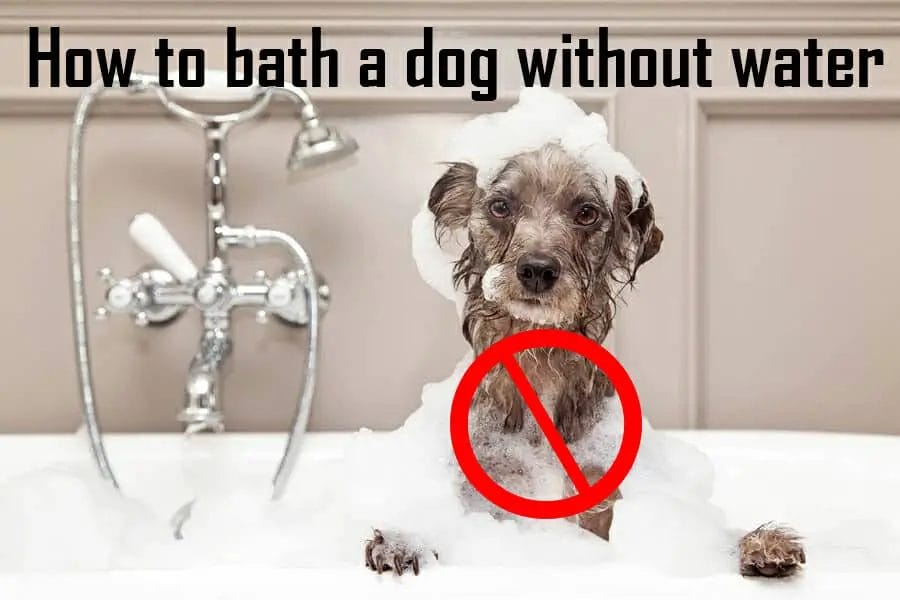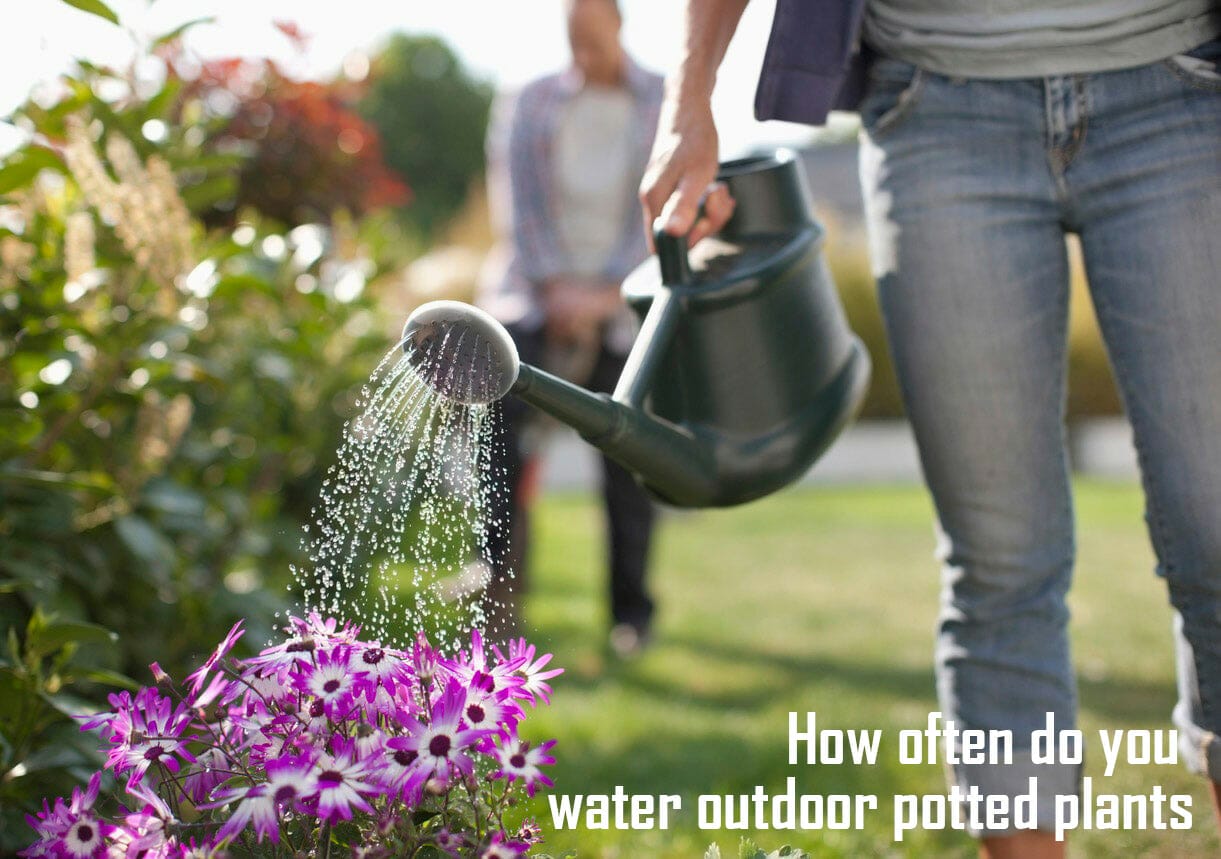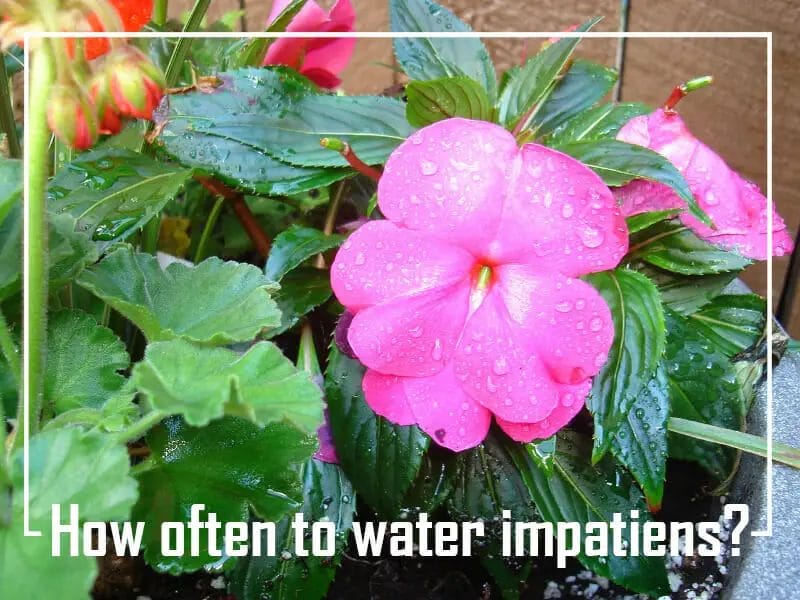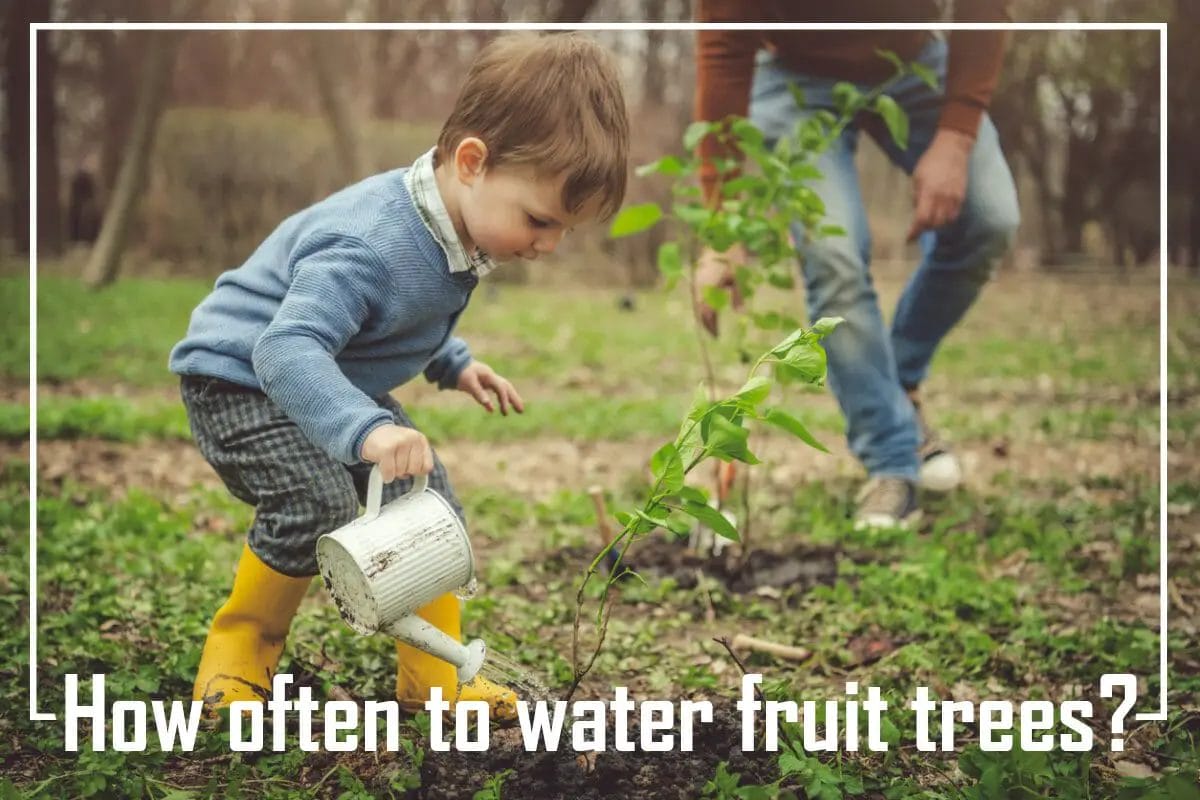In a world filled with information overload, where attention spans are shorter than ever, the power of a captivating introduction cannot be overstated. It’s the magnetic force that draws readers or listeners into your narrative, the spark that ignites curiosity, and the promise of an engaging journey ahead. So, whether you’re crafting an essay, giving a speech, or penning the next great novel, let’s dive into the art of crafting a truly irresistible introduction that will leave your audience hungry for more.
Basics of Chlorine:
Chlorine is an element that has the chemical formula Cl and atomic number 17. Chlorine is a gas that is used to disinfect water. When chlorine is added to water, it forms a chemical called chloramine. Chloramine is a powerful disinfectant that is used to kill bacteria in water.
How does chlorine kill bacteria?
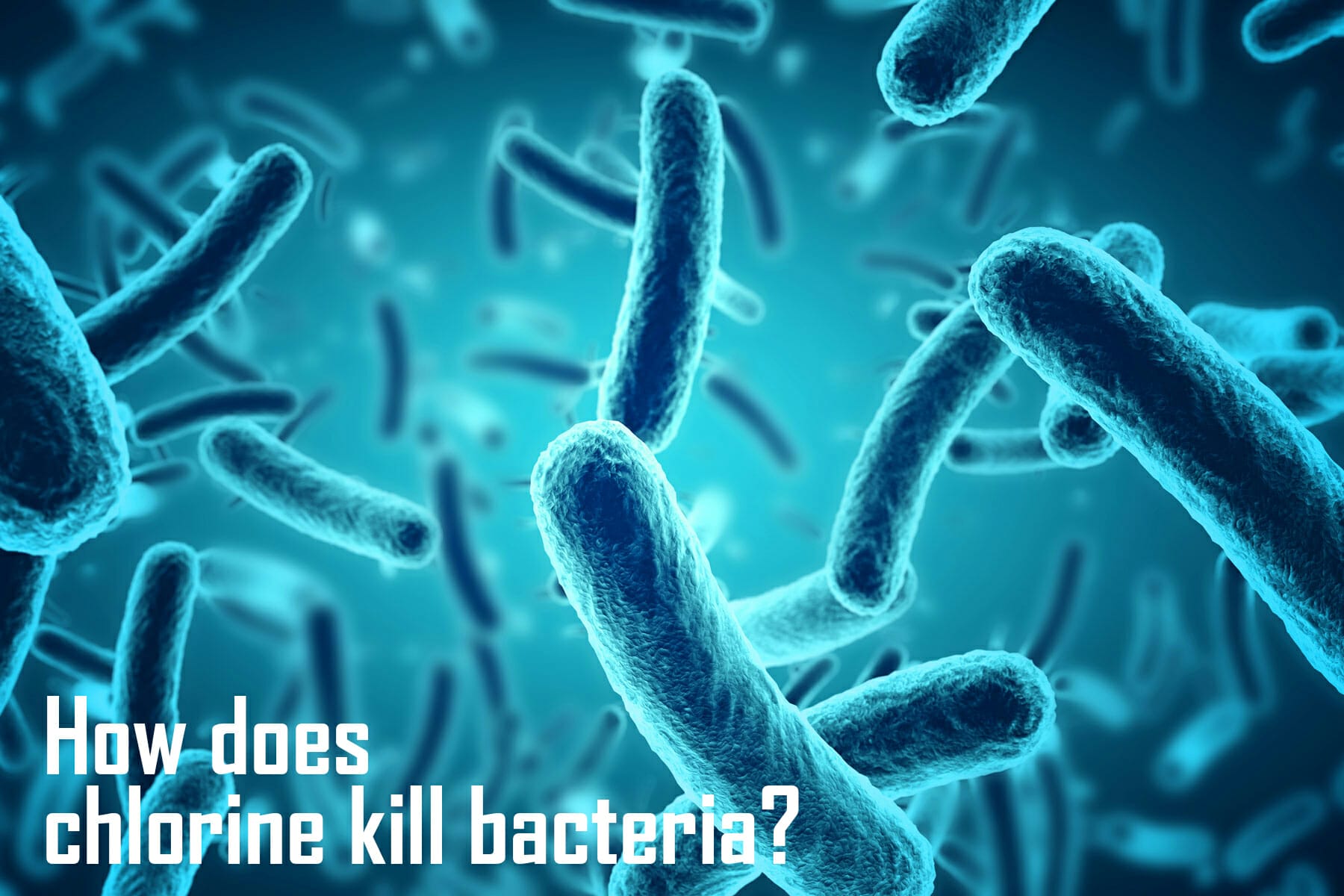
Chlorine is a highly effective disinfectant and antimicrobial agent that is commonly used to kill bacteria and other microorganisms. It does so through several mechanisms:
- Oxidation: Chlorine is a strong oxidizing agent, which means it can donate electrons to other molecules or atoms. When chlorine comes into contact with bacteria, it reacts with various cellular components, including proteins, enzymes, and DNA, by oxidizing them. This disrupts the bacteria’s cellular functions and can lead to cell death.
- Disruption of Cell Membranes: Chlorine can damage the cell membranes of bacteria. It can penetrate the cell membrane and disrupt the lipid bilayer, causing leakage of essential cellular components and leading to the death of the bacteria.
- Chlorination of Cellular Components: Chlorine can react with and chlorinate cellular components such as amino acids and nucleic acids. These chemical modifications interfere with the normal functioning of these molecules, disrupting vital cellular processes and ultimately killing the bacteria.
- Generation of Hypochlorous Acid: In water treatment and disinfection processes, chlorine is often used in the form of hypochlorous acid (HOCl). Hypochlorous acid is a potent antimicrobial agent that can penetrate bacterial cells and disrupt their metabolic processes.
- Denaturation of Proteins: Chlorine can denature proteins by breaking the chemical bonds that maintain their three-dimensional structure. When proteins lose their native structure, they become non-functional, leading to the inhibition of vital enzymatic processes in bacteria.
It’s important to note that the effectiveness of chlorine as a disinfectant depends on factors such as concentration, contact time, and the specific type of bacteria being targeted. Chlorine is widely used in water treatment, swimming pool sanitation, and surface disinfection because of its ability to effectively kill a broad spectrum of microorganisms, including bacteria, viruses, and fungi. However, it should be used with care and in appropriate concentrations to ensure it effectively kills harmful microorganisms while minimizing potential health risks.
Also Learn: How To Test Algae And Bacterial Growth In Pool Water?
What are the benefits of using chlorine to kill bacteria?
Chlorine is a common disinfectant that can kill bacteria. It has several benefits, including that it is cost-effective and environmentally friendly. It is also effective against various pathogens, including some resistant to other forms of disinfection.
The benefits of using chlorine to kill bacteria in the water are many. Chlorine destroys pathogenic bacteria such as E. coli, salmonella, campylobacter, and cryptosporidium. Pathogenic bacteria cause food poisoning and other illnesses. When added to water, chlorine reacts with the water’s organic material, creating hypochlorous acid (HCl).
HCl damages the cell walls of these pathogens, and they die as a result. This process also produces free radicals, which can damage other cells in the body and cause health problems. Tap water and whole-house filters can benefit from chlorine’s ability to kill bacteria.
Also Read: How To Remove Bacteria From Drinking Water
Are there any drawbacks to using chlorine to kill bacteria?
While chlorine is an effective way to kill bacteria, its use has some drawbacks. For example, it can be toxic if ingested, and it can also be harmful to the environment. In addition, using chlorine can cause unpleasant odors and flavors in water.
You can remove chlorine from water using a de-chlorinator if you do not want to use chlorine for sanitizing. This will leave your water safe to drink and free of unwanted smells or flavors. However, the followings are some drawbacks of chlorine:
- Relatively low protection against protozoa
- Lower disinfection effectiveness in turbid waters
- Potential taste and odor objections
- Must ensure quality control of the solution
- Potential long-term effects of chlorination byproducts
How does chlorine work against different types of bacteria?
In general, chlorine takes time to kill bacteria. Different types of chlorine work against different types of bacteria. For chlorine to work, it is normally added to water as it enters a storage tank or delivery pipeline.
A chlorine concentration will determine how fast it works against certain types of bacteria. Swimming pools, for instance, kill bacteria quickly because the chlorine concentration is higher than in drinking water and wastewater treatment. The concentration of chlorine solutions varies depending on the application.
Do chlorination byproducts pose any health risks?
Chlorination byproducts and their potential health effects are well documented. It can be hard to know what to believe, but we want to provide you with the most accurate information possible.
Chlorination byproducts are created when chlorine is added to water as a disinfectant. These byproducts include trihalomethanes (THMs) and haloacetic acids (HAAs).
There are tradeoffs with using any disinfectant, including chlorine. For example, chloramines can form other DBPs than chlorine and increase nitrate levels and corrosion in distribution systems.
However, ozone is effective but does not provide protection, so chloramines or chlorine must still be added. UV light is also effective in clear water and does not form DBPs.
In general, chlorination byproducts may pose some health risks, but they are still the most commonly used disinfectant in public water systems because of their many advantages.
How long should water be treated with chlorine before it is safe to drink?
Public water systems using surface water or exposing the water to outside air should disinfect their water. Chlorine is the most common disinfectant used in these systems. Water should be treated with chlorine 30 minutes before drinking.
To ensure health, the EPA limits chlorine levels in drinking water. Chlorine can combine with organic matter in the water to form disinfection byproducts (DBPs).
Water systems must test their treated water to measure levels of regulated DBPs. DBPs must be reduced if the water system’s treated water exceeds health-based guidance values set by EPA. This includes notifying all of their customers.
Ultraviolet light is another option for disinfecting water. It is effective in clear water and does not form DBPs. However, in the distribution system, UV light does not provide protection, so chloramines or chlorine must still be added to protect water from the treatment plant to the tap.
Due to its safety and effectiveness, chlorination is still the most common method for disinfecting water. However, it has some disadvantages compared to other methods like chloramines or ozone.
Frequently asked questions
1: How does chlorine effectively kill bacteria?
Chlorine effectively kills bacteria through its strong oxidizing properties. When chlorine comes into contact with bacteria, it reacts with cellular components, including proteins, enzymes, and DNA, disrupting their functions and ultimately causing cell death.
2: What forms of chlorine are commonly used for bacterial disinfection?
Chlorine is often used in the form of hypochlorous acid (HOCl) in water treatment and disinfection processes. This form of chlorine is highly effective at penetrating bacterial cells and disrupting their metabolic processes.
3: Is chlorine equally effective against all types of bacteria?
Chlorine is effective against a broad spectrum of bacteria, including both Gram-positive and Gram-negative bacteria. However, the effectiveness can vary depending on factors such as chlorine concentration, contact time, and the specific bacterial species.
4: Can bacteria develop resistance to chlorine over time?
Bacteria can develop some degree of resistance to chlorine, especially if they are repeatedly exposed to suboptimal chlorine concentrations. This underscores the importance of maintaining appropriate chlorine levels for effective disinfection.
Conclusion
Chlorine’s ability to kill bacteria is a critical component of water treatment, sanitation, and disinfection processes. Through its powerful oxidizing properties and the generation of hypochlorous acid, chlorine disrupts bacterial cellular functions, ultimately leading to their demise. While it is highly effective, proper usage and monitoring are essential to ensure the benefits of bacterial disinfection while minimizing potential health concerns associated with chlorine exposure.

